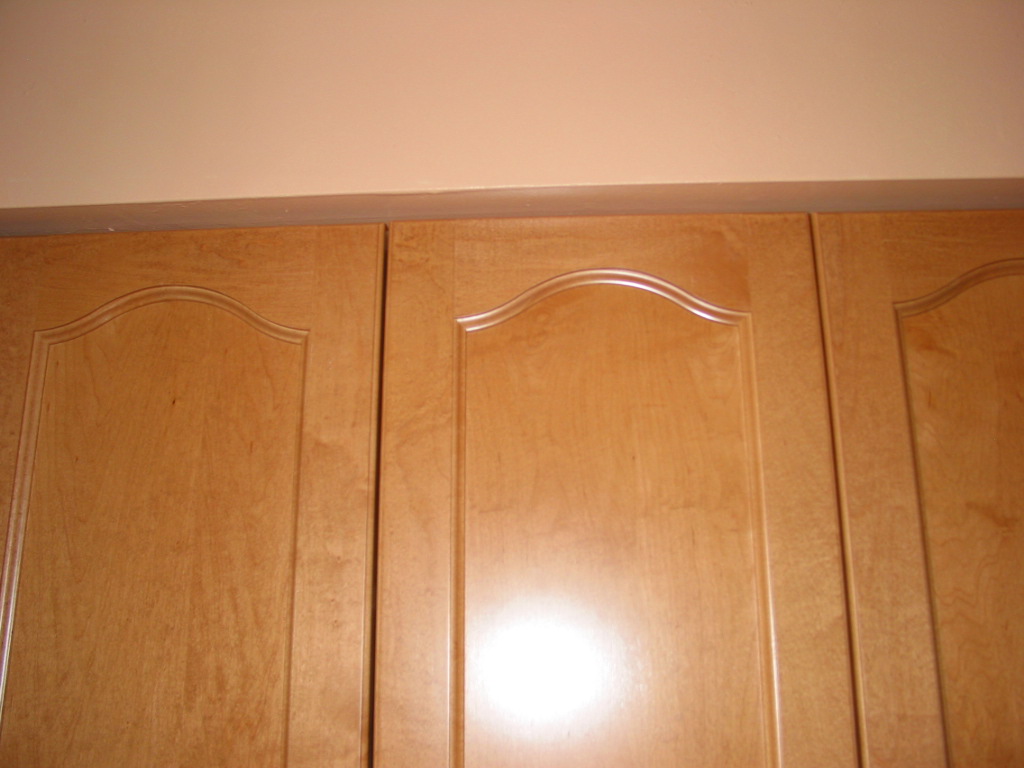A Wax Finish for Walnut Wall Panels
Advice on choosing and applying a wax finish for architectural woodwork. June 8, 2008
Question
I need to do a waxed finish on some floor to ceiling stained walnut wall panels. I have never attempted wax on this large of an area. Any suggestions would be appreciated.
Forum Responses
(Finishing Forum)
From contributor C:
Your client is specifying wax, correct? Do they understand the upkeep of a wax finish? Not trying to discourage you. If it were me, I would at least talk them into putting down a coat of polymerized tung oil for added protection and to bring out the natural beauty of the walnut. Only one coat would be necessary for this - about 20% tung to 80% mineral spirits or 80% D-limonene if toxic or flammable odors are a problem. Apply the oil and use an orbital sander or buffer with scotchbrite pad to burnish the oil in. That way there is no need to wipe off the excess and it will keep the surface smooth. Let dry overnight, then apply your wax coating(s). A hard wax will give the best protection and shine and can be buffed out with a terrycloth bonnet on a power buffer, if gloss is desired. A lot quicker than by hand. If they want a satin finish, you can steel wool the final coat or use nylon pads. Wax - even if applied hot - will not by itself bring out the beauty and color of the wood. Make this clear to your client. Make up a sample with just wax and one with tung and wax and let them choose. You can also melt the wax and add a little color to it if they desire, say, a little redder or browner look, and you can also dye the wood before the tung or wax applications if they desire a more brilliant color look to the wood. With the power buffer and scotch brite, the job will go pretty quickly.
From contributor R:
In order for the posse to steer you in the correct direction, could you be a bit more specific on the job you're undertaking? What kind of stain, and how long has it been dry?
From the original questioner:
The panels have yet to be made but will be stained with a Mohawk type of wood wiping stain. I was planning on staining, putting down a wash coat of lacquer and letting dry for a couple of days. Then wax and use a machine buffer. Not quite sure how to get in all the corners with my method.
From contributor D:
I'm sure I'll get blasted for this, but... I've been doing this for a while now because it's so much easier. When I have to wax something, I use automotive wax. It's 110 times easier than conventional wood wax. Maguire's is what I use. You can do a whole car before removing, and buffing it out is effortless compared to old school waxes. That may help you on the large area issue. Without a filled finish, though, I'd go for one of the waxes that doesn't turn white because it'll probably get in the pores. I think there's one called Ice that's supposed to not whiten.
From contributor B:
I know one thing, there's no way I would do a job like that. Satin or flat Magnamax all the way. The wax will be a supreme headache to work with and get it even. Besides that, it doesn't hold up, and it attracts and holds dirt. You're already worried about getting into the corners. I say "forget about it."
From contributor C:
Nothing wrong with automotive waxes, if what is needed or desired is a gloss wax finish like a car. They still use standard waxes such as carnauba in them, they're just emulsified, which makes them easier to apply and use. As to getting into corners, you can use a standard palm sander with a piece of soft cloth attached to the pad - slower than the buffing machine but will work just fine as to end results. Lacquer's a good choice since you're not doing it on site - easy to repair and maintain. Personally I would stay away from the cat finishes, especially if this is a commercial job; lots of careless damages.
From contributor R:
Your reference to a wash coat of lacquer over the stain, followed by a waxing, sounds as if it could yield a pretty fine finish. A few things for you to ponder... once that wash coat of lacquer dries, it might be too rough for you to jump right into the waxing step. Have you considered a sealer coat that, when dry, could be sanded with say 280 paper? If you did that, the wash coat of lacquer you talked about would lay down nice and smooth. By doing it that way, you're applying your wax to an already smooth surface. As far as waxes go, there are as many waxes on the market as there are ways to make spaghetti sauce. One in particular I'd like you to try is Howards. It's a user-friendly beeswax, bottled in semi paste form and can be had at most hardware stores. With this wax, you can do a real large area before you buff it out, either by hand or machine, and the beauty is it won't turn white in the pores. It smells good too.
